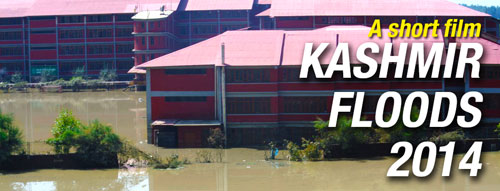An Overview of Burzahoma Trip (Class-VI)
Social Science faculty arranged a trip to Burzahoma on 20th May 2015 which is a Neolithic site situated towards North –eastern side of the Srinagar city on a flat kerewa near present Burzahoma village. The pre-historic sites of Kashmir push back the history of Kashmiri civilisation to seven thousand years and more. They reveal the various phases of Kashmiri culture and establish the evidence of Kashmiri’s connection with the neighbouring countries and regions. Burzahoma is the first stage of settled population in the valley. We started our journey from school and reached Burzahoma sharp at 10 am.Students first observe the pit dwellings or Earth Houses which were used by the people of Burzahoma to live in. These pits were dug with sharp edged stones, which is revealed from the walls of the pits. The latest pit at the site was 2.74 metres on the top while its width was 4.57 metres at the bottom.The depth of the pit was 3.95 metres. After observing the pit dwellings students come across Megaliths which are large stone structures or groups of standing stones located at the site. Megaliths are believed to have religious significance. After observing these artefacts of this archaeological site, a very informative and interesting lecture was delivered by the co-ordinator of social science faculty regarding the site, that it was identified by H.de-Terrea and Patterson in 1935 and later excavated by A.S.in the 1960’s for about ten years under the supervision of Mr. T.N Khazanchi. At Burzahoma site, four periods representing the continuous process of development has been recognized of which period I and II exclusively belong to Neolithic age. Period III to Megalithic and period IV to early historical. Excavations have revealed the domestication of agriculture by the Neolithic man of Kashmir which is proved by the presence of remains of crops like wheat and Barley. The tools found at this site, were polished and smooth. Both stone and bone tools have been found.Remains excavated have shown that the industry of bone tools was at an advanced stage at Burzahoma for making tools,the horns of Kashmiri Hangul (stag) were used. It becomes evident that Hangul in Kashmir is as old as the valley. During the second phase ,not much development was observed except for the invention of pottery. The pottery obviously, was hand made, rough in structure and shape and was primarily used for storing grains and milk. To conclude it may be in the fitness of things to mention here that such trips should be organised in future because it proves very handy for the teachers in general and the students in particular.


